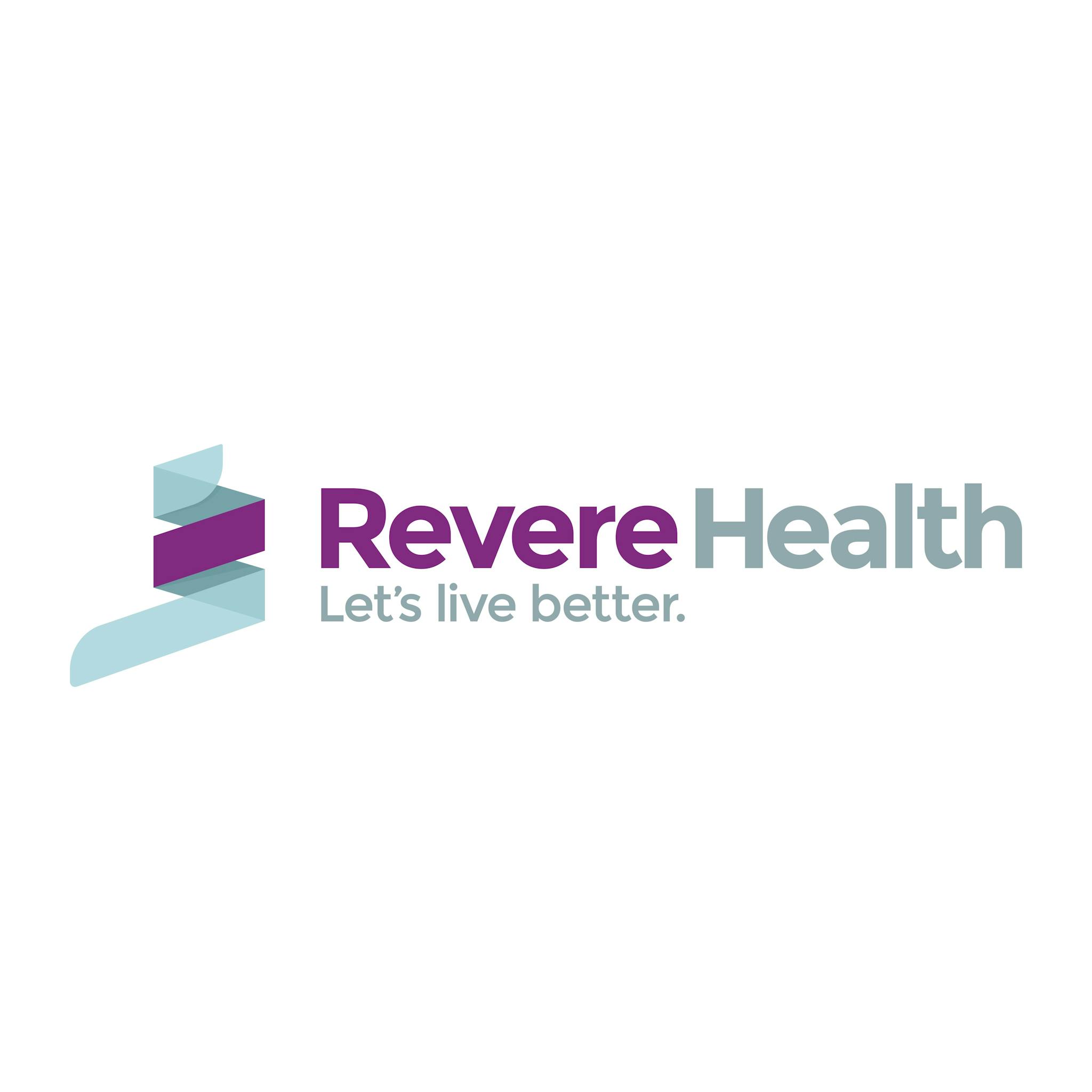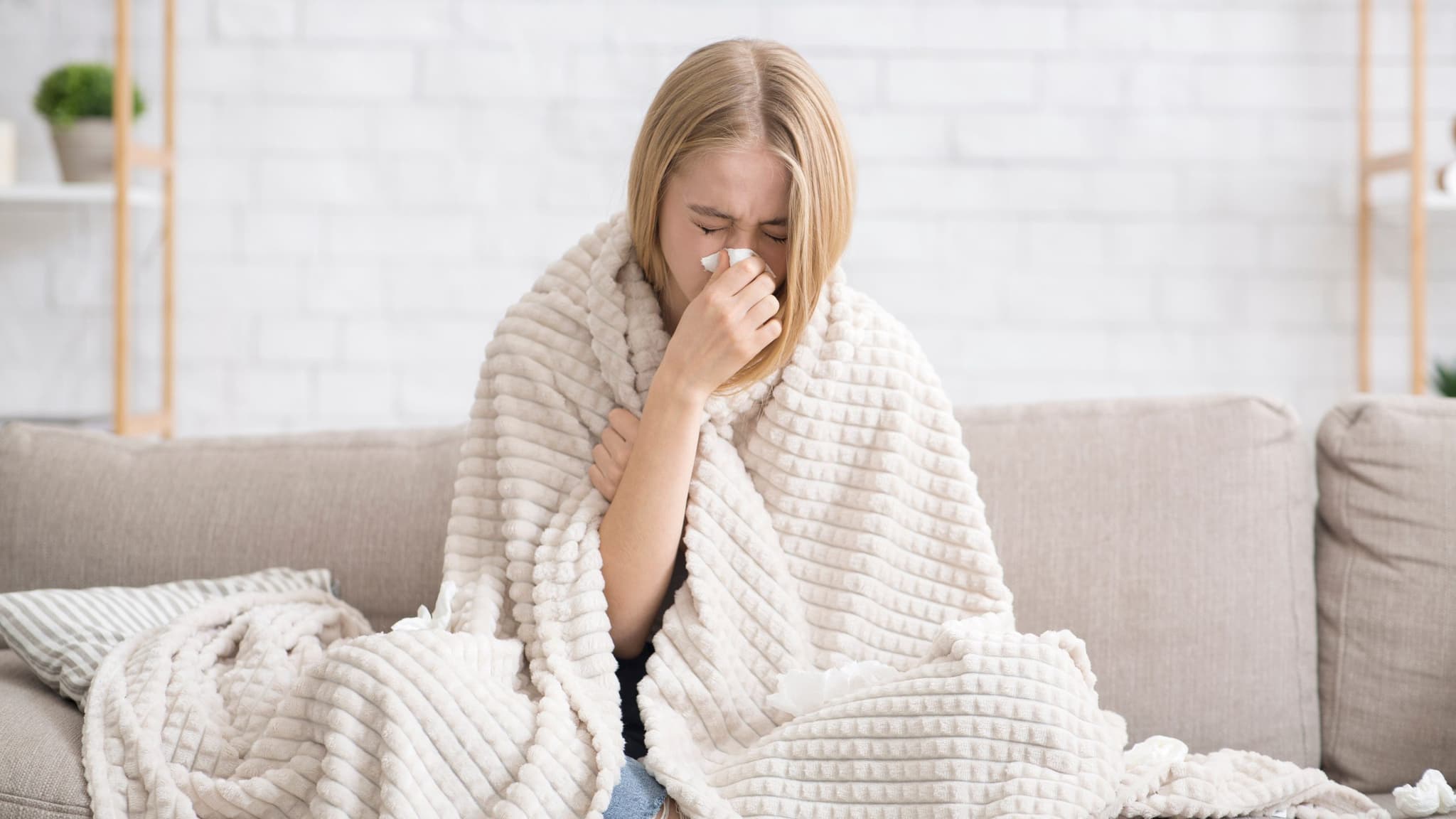
2025-06-10T13:54:10
Understanding Skin Grafts
- Dermatology
- Family Medicine
- Internal Medicine
- Orthopedics
October 7, 2016 | Internal Medicine
Specialties:Internal Medicine

About 54 million Americans have “porous bone” – the common condition better known as osteoporosis. When bones become less dense, they weaken and are more likely to fracture. The National Osteoporosis Foundation explains, “Viewed under a microscope, healthy bone looks like a honeycomb. When osteoporosis occurs, the holes and spaces in the honeycomb are much larger than in healthy bone.”
Studies suggest that approximately 50 percent of women and 25 percent of men age 50 and older will break a bone due to osteoporosis. This costly disease currently results in about two million broken bones and $19 billion in related costs every year. Experts predict that by 2025, these numbers will increase to approximately three million annual fractures and $25.3 billion in costs.
Here are six important things you need to know about osteoporosis.
Your bones are constantly growing and repairing themselves. They are made of living cells and have dedicated blood vessels. Old bone breaks down, and new bone is created. When we’re young, our body makes new bones much faster than it breaks down old bone, but as we age, the opposite occurs. Bone mass is lost faster than it’s created, putting us at risk for osteoporosis and fractures.
Like most people, you probably reached peak bone mass in your early 20s. Your chance of developing osteoporosis is related to how much bone mass you obtained earlier in life.
Sometimes called a silent disease, osteoporosis can sneak up on you. There are typically no symptoms in the early stages of bone loss, but when the bones become very weak and brittle, you may notice:
Sometimes bones become so brittle that even a mild stress, such as sneezing, coughing, or bending over, can cause a fracture. Osteoporosis-related fractures are most common in the hip, wrist, or spine. You can even sustain a spinal fracture without falling if the bones are weak enough.
When sex hormone levels drop, bones weaken. The reduction in estrogen that menopausal women experience is what puts them at great risk for developing osteoporosis. Although osteoporosis affects men and women of all races, white and Asian women are at highest risk, reports Mayo Clinic. Additionally, “Men and women who have small body frames tend to have a higher risk because they may have less bone mass to draw from as they age.”
If you have a parent or sibling with osteoporosis, your risk increases. This is especially true if a parent has experienced a hip fracture. Other risk factors include:
Did you know that a sedentary lifestyle increases your risk for bone loss? Staying active and performing weight-bearing exercises — especially walking, running, weight lifting, and dancing — help prevent bone loss and can strengthen already weak bones.
If you’re 50 or older, your internist may recommend a bone density test to measure the proportion of mineral in your bones. Your doctor will typically use the results to make treatment recommendations based on the probability of your breaking a bone in the next 10 years.
If you have an increased risk of fracture, your doctor may prescribe bisphosphonates or hormone-related therapy. Eating a healthy diet that contains enough sources of calcium and vitamin D is essential. Because smoking speeds up bone loss, you’ll be encouraged to quit. Moderating your alcohol intake to one daily drink for women and two for men is also important.
Although osteoporosis medications do lower the chance of fracture, it’s important to remember: “The more active and fit you are as you age, the less likely you are to fall and break a bone.”
Are you concerned about your own bone loss? Revere Health’s Internal Medicine specialists offer screening for osteoporosis and ongoing care to help you manage your condition and prevent further bone loss. We have 30 providers in four Utah locations to serve your needs.

WRITTEN BY:
The Live Better Team

2025-06-10T13:54:10

2025-01-09T10:36:36

2024-12-05T17:05:06

2024-11-18T13:50:57
This information is not intended to replace the advice of a medical professional. You should always consult your doctor before making decisions about your health.